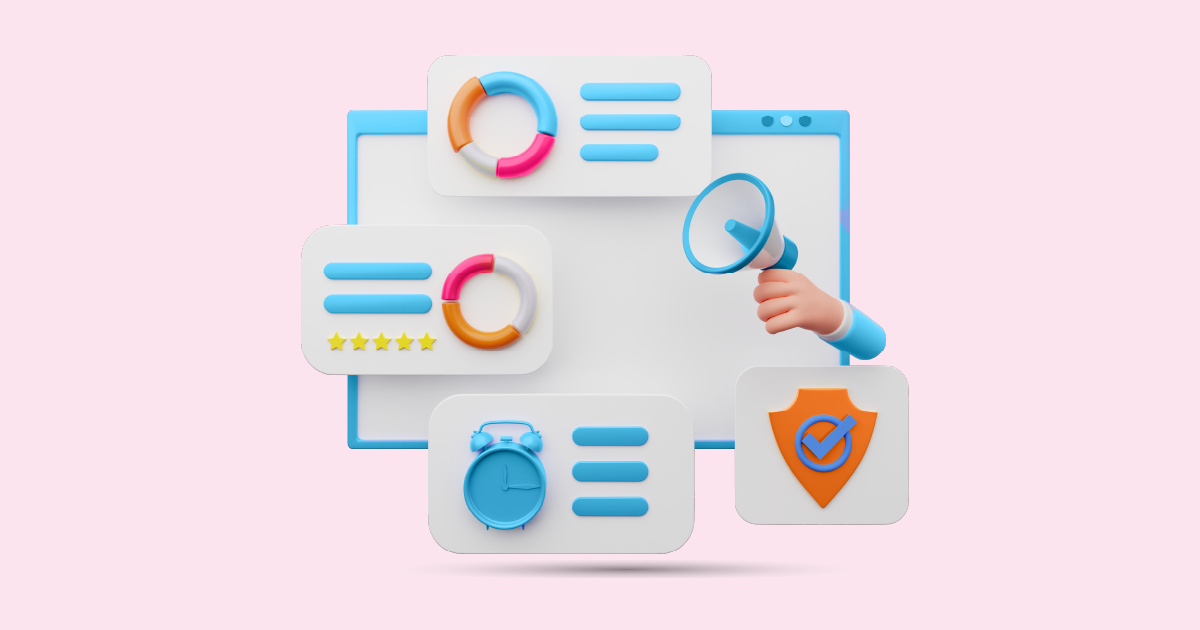In today’s fast-paced world, understanding consumer behavior is more critical than ever before. But how do businesses capture the ever-evolving preferences of digital consumers? This is where digital consumer insights come into play.
What Are Digital Consumer Insights?

Digital consumer insights are the data and analysis businesses gather from digital channels to better understand their customers’ behaviors, needs, and preferences. These insights can come from various touchpoints—websites, social media platforms, apps, and online purchases—and they provide companies with the knowledge they need to make informed decisions.
Why Are Digital Consumer Insights Important?
The digital consumer is constantly bombarded with information, offers, and ads. Understanding what they want, how they behave, and why they make specific decisions gives businesses a competitive edge. Digital consumer insights help companies tailor their marketing efforts, improve customer experiences, and create products that resonate with their audience. In essence, they turn data into actionable strategies.
The Evolution of Consumer Insights in the Digital Age
Traditional vs. Digital Consumer Insights
Historically, businesses relied on face-to-face surveys, focus groups, and questionnaires to gather consumer insights. While these methods were effective, they lacked the real-time speed and accuracy that digital insights now offer. In the digital age, companies can track behaviors instantly, analyze patterns over time, and adjust strategies almost in real-time.
How Digital Tools Transformed Consumer Data Analysis
With the advent of advanced tools like Google Analytics, social listening platforms, and CRM systems, businesses can now gain a holistic view of their customers. These tools have revolutionized how companies collect, analyze, and interpret data, providing more in-depth and actionable insights.
Key Components
Behavioral Data
This includes how customers interact with a brand’s website, app, or digital products. Every click, scroll, and action gives clues about their preferences and interests.
Social Media Data
Social media platforms provide a goldmine of information. By analyzing what customers are saying, liking, or sharing, businesses can better understand their sentiments and perceptions.
Transactional Data
This data focuses on what customers are buying, how often, and at what price points. It’s critical for identifying trends and predicting future behaviors.
Customer Feedback
Online reviews, comments, and direct feedback help brands understand pain points and opportunities for improvement.
How to Collect Digital Consumer Insights
Use of Analytics Tools
Google Analytics, for instance, helps track website traffic, user interactions, and conversion rates. These metrics provide insight into how effective a company’s digital strategy is.
Surveys and Feedback Forms
Sometimes, it’s as simple as asking. Sending out surveys or including feedback forms on your website can offer direct insights into customer experiences.
Social Listening
Using tools like AIM Insights or Sprout Social, businesses can monitor conversations happening around their brand or industry on social media. This helps to understand consumer sentiment and emerging trends.
Website Traffic and Interaction Tracking
Tools that track heatmaps or session recordings show how visitors interact with a site, where they lose interest, and what drives them to convert.
The Role of Social Media in Digital Consumer Insights
Social media offers a wealth of data for businesses looking to understand consumer behavior. By tracking conversations, likes, shares, and comments, companies can grasp customer sentiment and adjust their strategies accordingly.
Importance of Customer Journey Mapping
What is Customer Journey Mapping?
It’s the process of visualizing the steps a customer takes when interacting with your brand, from awareness to purchase and beyond. By mapping out the journey, businesses can identify touchpoints where digital consumer insights can enhance the experience.
How Insights Improve Customer Experiences
With a deeper understanding of customer needs, businesses can personalize content, offers, and communications at each stage of the customer journey.
Benefits
Personalization and Improved Customer Engagement
When businesses know their customers better, they can create personalized experiences that resonate on a deeper level.
Predicting Consumer Behavior
Data-driven insights allow companies to anticipate what their customers will want next, ensuring they’re always one step ahead.
Challenges
Data Privacy Concerns
With the increasing amount of data being collected, privacy issues are a significant concern. Businesses must balance insight gathering with ethical data usage.
How AI and Machine Learning Are Shaping Consumer Insights
AI can process large amounts of data, identify patterns, and predict behaviors much faster than traditional methods. This technology is reshaping how businesses analyze consumer data.
Conclusion
Digital consumer insights are no longer a luxury but a necessity for businesses looking to thrive in the digital era. By gathering and analyzing data from multiple touchpoints, companies can better understand their customers, anticipate needs, and provide personalized experiences that foster loyalty. To stay competitive, it’s crucial to leverage these insights for data-driven decision-making, optimizing customer engagement, and driving business growth.
If you want to take your business’s digital consumer insights to the next level, request a demo from AIM Technologies to explore how our cutting-edge tools can help you gain deeper insights and outperform your competition.
FAQs
1. What are the best tools for collecting digital consumer insights?
Popular tools include AIM Insights, HubSpot, and Brandwatch.
2. How can digital consumer insights improve personalization?
By analyzing consumer behaviors and preferences, businesses can tailor their messages and offers to individual customers.
3. What are some ethical considerations in data collection?
Businesses must ensure transparency, consent, and data protection to avoid privacy violations.
4. How often should a business update its consumer insights strategy?
Consumer preferences change quickly, so updating strategies every few months is ideal.
5. What role does AI play in digital consumer insights?
AI helps process and analyze vast amounts of data quickly, identifying patterns and trends that humans might miss.




